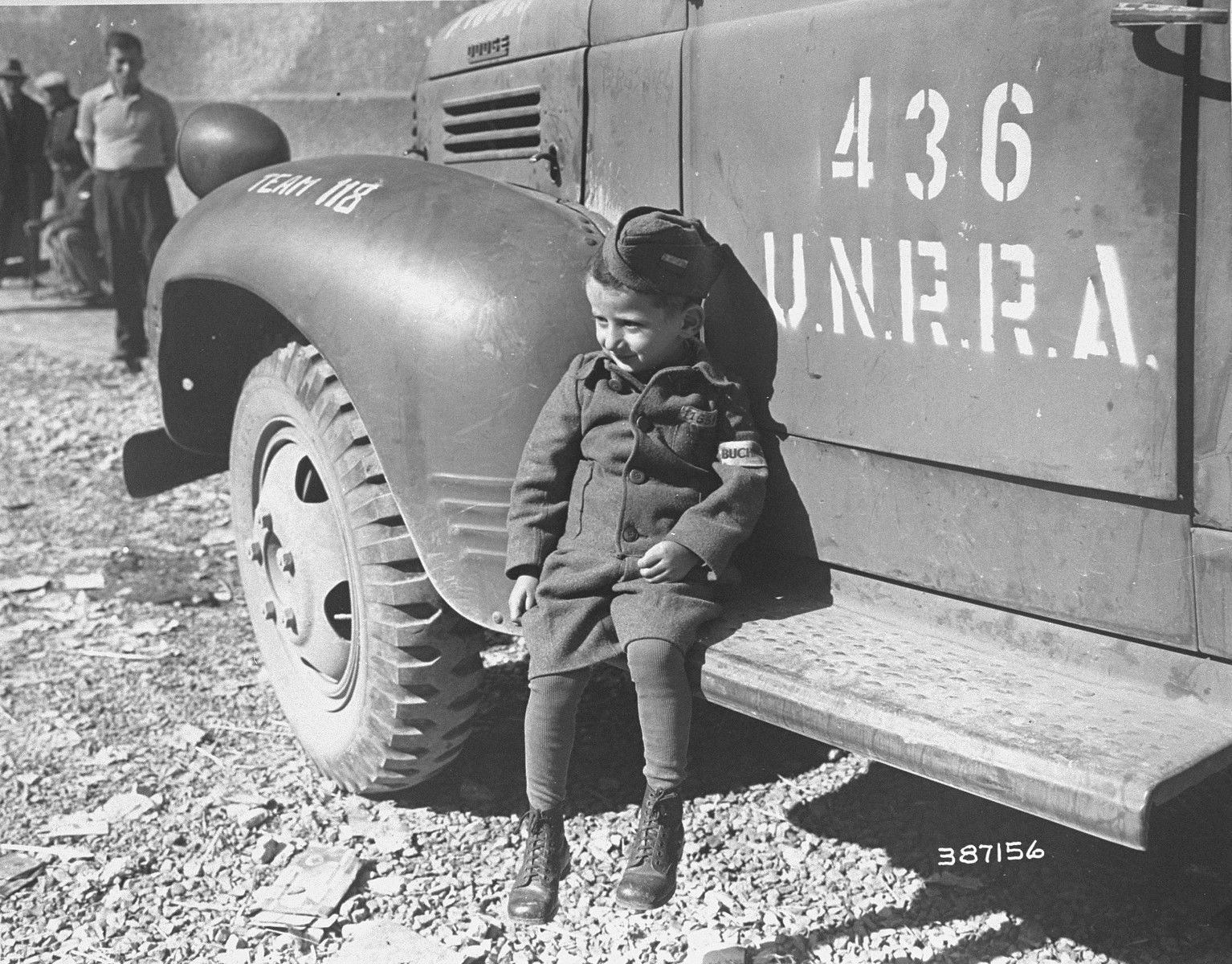On 20 April 1946, the United Nations established the International Refugee Organisation (IRO) to assist the huge number of refugees flooding into Europe after World War II.
The organisation did not appear out of thin air: before the IRO, the United Nations Relief and Rehabilitation Administration (UNRRA), set up in 1943 to provide assistance in liberated areas, was responsible for this work. The 52 member countries contributed two percent of their national income in 1943. Some $4 billion was spent on food and medical supplies, the restoration of public utilities, agriculture, and industry. UNRRA facilitated the return of some seven million displaced people to their pre-war homes. About one million refugees were housed in camps for displaced people who did not want to return home.
The IRO's first Director-General was William Hallam Tuck. The IRO would focus its efforts on helping Europeans and, in particular, Holocaust survivors and former forced labourers. The organisation would continue to provide assistance in repatriation, as well as permanently emigrating to other countries, in addition to helping those people where they were concentrated.
The IRO ended its work on 30 September 1953. It would be replaced by the Office of the United Nations High Commissioner for Refugees, established in January 1951 as part of the United Nations, and the Intergovernmental Committee for European Migration, established in December 1951.
Public perception of the IRO’s work was ambiguous. Its constitution would declare displaced Germans as persons who “would not be the concern of the Organisation”, whereby German refugees outnumbered all others combined. The IRO would only operate in the occupation zones under the Western Allies because of Stalin's position on the question of displaced persons.
Source: L. W. Holborn “The International Refugee Organization”, 1956
























